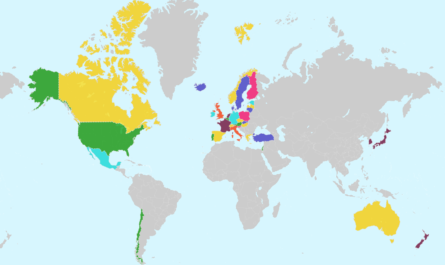The Hubble Space Telescope has recently captured a stunning image of a spiral galaxy known as MCG-01-24-014, which is situated approximately 275 million light-years away from Earth. Aside from its well-defined spiral structure, this galaxy exhibits an exceptionally energetic core referred to as an active galactic nucleus (AGN) and falls under the classification of a Type-2 Seyfert galaxy.
Both Seyfert galaxies and quasars are hosts to one of the most common subclasses of AGN. While Seyfert galaxies are generally relatively close in proximity and possess AGNs that do not overshadow their host galaxies, quasars are extremely distant AGNs with extraordinary luminosity that surpasses that of their host galaxies.
Within the subclasses of Seyfert galaxies and quasars, there are further divisions. In the case of Seyfert galaxies, the primary subcategories are termed Type-1 and Type-2. Astronomers distinguish between them by analyzing their spectra, which is the pattern that arises when light is dispersed into its constituent wavelengths. The spectral lines emitted by Type-2 Seyfert galaxies are associated with specific ‘forbidden’ emission lines. Understanding why light from a galaxy can be considered forbidden necessitates an understanding of the purpose of spectra.
The appearance of spectra is a result of certain atoms and molecules absorbing and emitting light at distinct wavelengths. The foundation for this lies in quantum physics, whereby electrons, the minute particles that orbit the nuclei of atoms and molecules, can only exist at particular energy levels. Consequently, electrons can only gain or lose precise amounts of energy, which correspond to specific wavelengths of light that are absorbed or emitted.
According to certain principles of quantum physics, forbidden emission lines should not exist. However, the complexity of quantum physics means that some of these principles were formulated based on laboratory conditions on Earth. Under these circumstances, this emission is deemed ‘forbidden’ due to its extreme improbability. Nevertheless, in the realm of outer space, amidst a highly energetic galactic core, these assumptions no longer hold true, allowing the ‘forbidden’ light to radiate towards our observation.
The discovery of ‘forbidden’ light emission in Type-2 Seyfert galaxies provides valuable insights into the physics governing galactic cores and the complexities of quantum mechanics in extreme environments. By studying these emissions, astronomers hope to gain a deeper understanding of the diverse phenomena occurring within active galaxies. The Hubble Space Telescope’s remarkable image of MCG-01-24-014 showcases the beauty and scientific significance of unravelling the mysteries of the universe. As our knowledge of the cosmos continues to expand, so too does our appreciation for the intricate interplay between celestial objects and the laws of physics that govern them.
Note:
Source: Coherent Market Insights, Public sources, Desk research
We have leveraged AI tools to mine information and compile it




